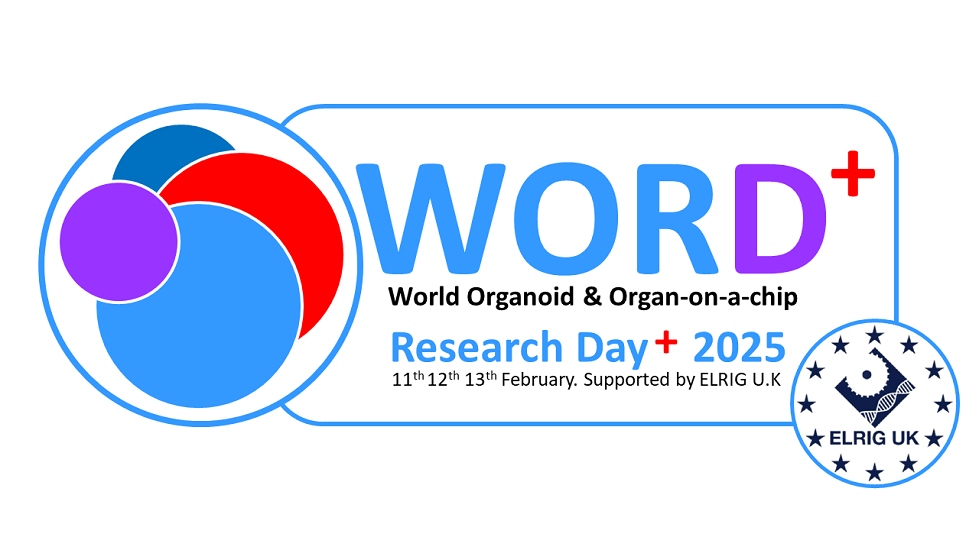Authors
RR Richardson1; A Chapuis2; M Faber1; D Smith1; J Moore1; C Watkins1;
1 Moredun Research Institute, UK; 2 The Roslin Research Institute, UK
Overview
This study aims to investigate the invasion of Mycobacterium avium subspecies paratuberculosis (MAP), the causative agent of Johne’s disease in ruminants, using bovine ileal organoids as an in vitro model. We observed that stimulation of organoids with RANK-L leads to increased uptake of MAP into intestinal epithelial cells.
Introduction
Johne’s is a contagious disease that affects the intestine of ruminants. If untreated it results in diarrhoea, weight loss and death. Little is known about the mechanism of MAP infection due to a complex host pathogen dynamic. MAP infects the GI tract mainly via M cells in Peyers patches of the ileum. RANK-L induces differentiation of M cells thereby increasing uptake of MAP. This study aims to develop bovine ileal organoids to study the mechanisms of MAP infection and identify factors involved.
Methods
Bovine ileal organoids were cultured as previously described by Hamilton et al. (2018). Briefly, after 7 days of differentiation and RANK-L stimulation, 3D organoids were challenged with Zymosan bio-particles for 1 h. Similarly, after 9 days of differentiation and RANK-L stimulation, 2D organoid monolayers were challenged with MAP for 24 h. After their respective incubations, organoids were fixed in 4 % paraformaldehyde and stained for immunofluorescent imaging.
Results
After 7 days of RANK-L stimulation, 3D organoids displayed an increased affinity for bio-particle uptake when compared with no RANK-L. In control and RANK-L stimulated, bio particle uptake averaged 19 and 32 particles per organoid, respectively. It was also observed that after 9 days of RANK-L stimulation, 2D monolayers showed a trend that MAP uptake was increased compared to controls. These results suggest that RANK-L stimulation influences gut cell differentiation with increased transcytosis.
Conclusion
We successfully developed 3D and 2D organoid systems and demonstrated their ability to uptake bio-particles and MAP in the presence and absence of RANK-L. These models provide the chance to understand the mechanisms of entry of MAP into the intestine. Future studies will identify: changes to cellular composition of the gut; cell types involved in MAP invasion; changes in the transcriptome after MAP infection and factors involved in epithelial attachment and invasion.

